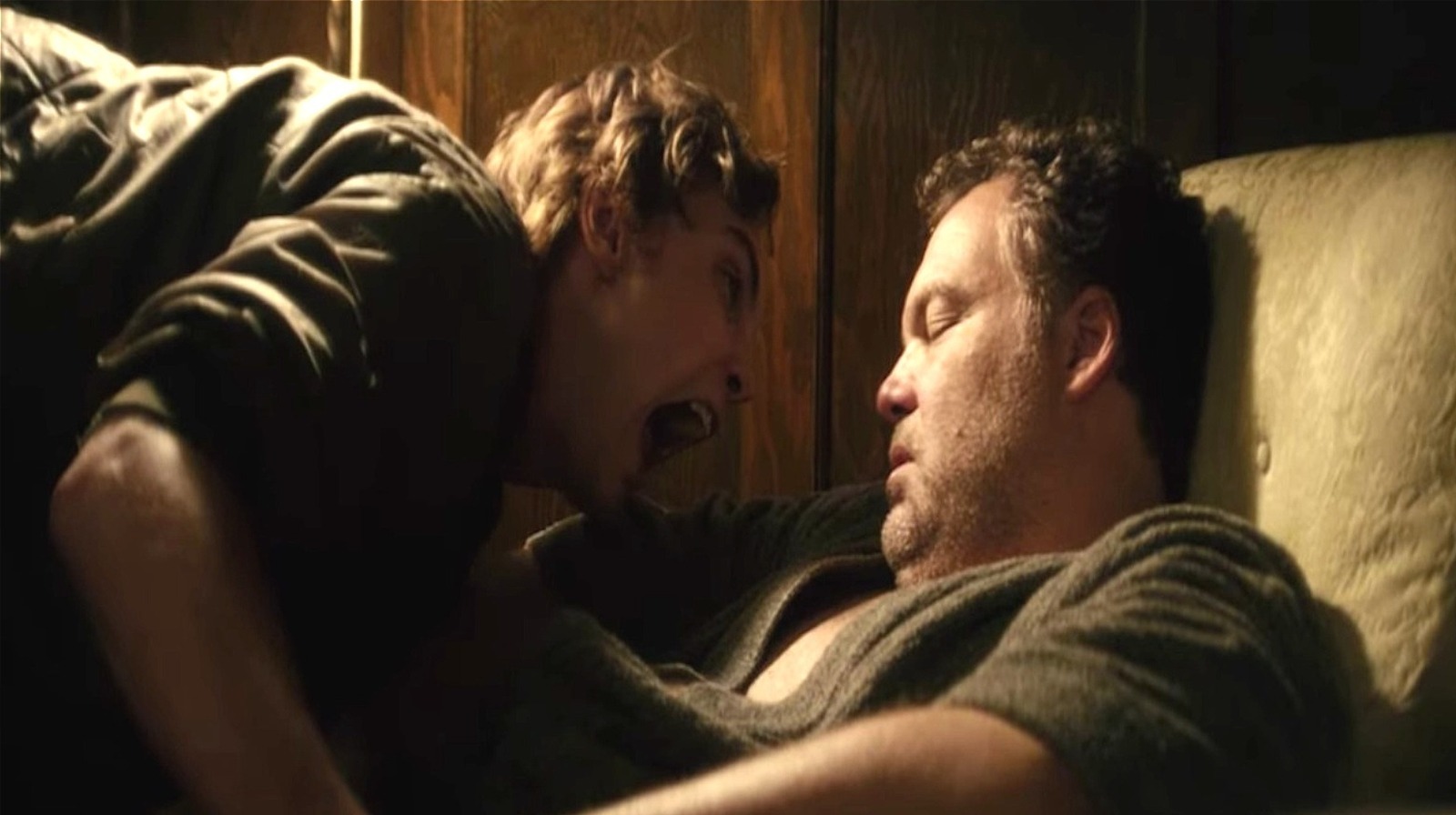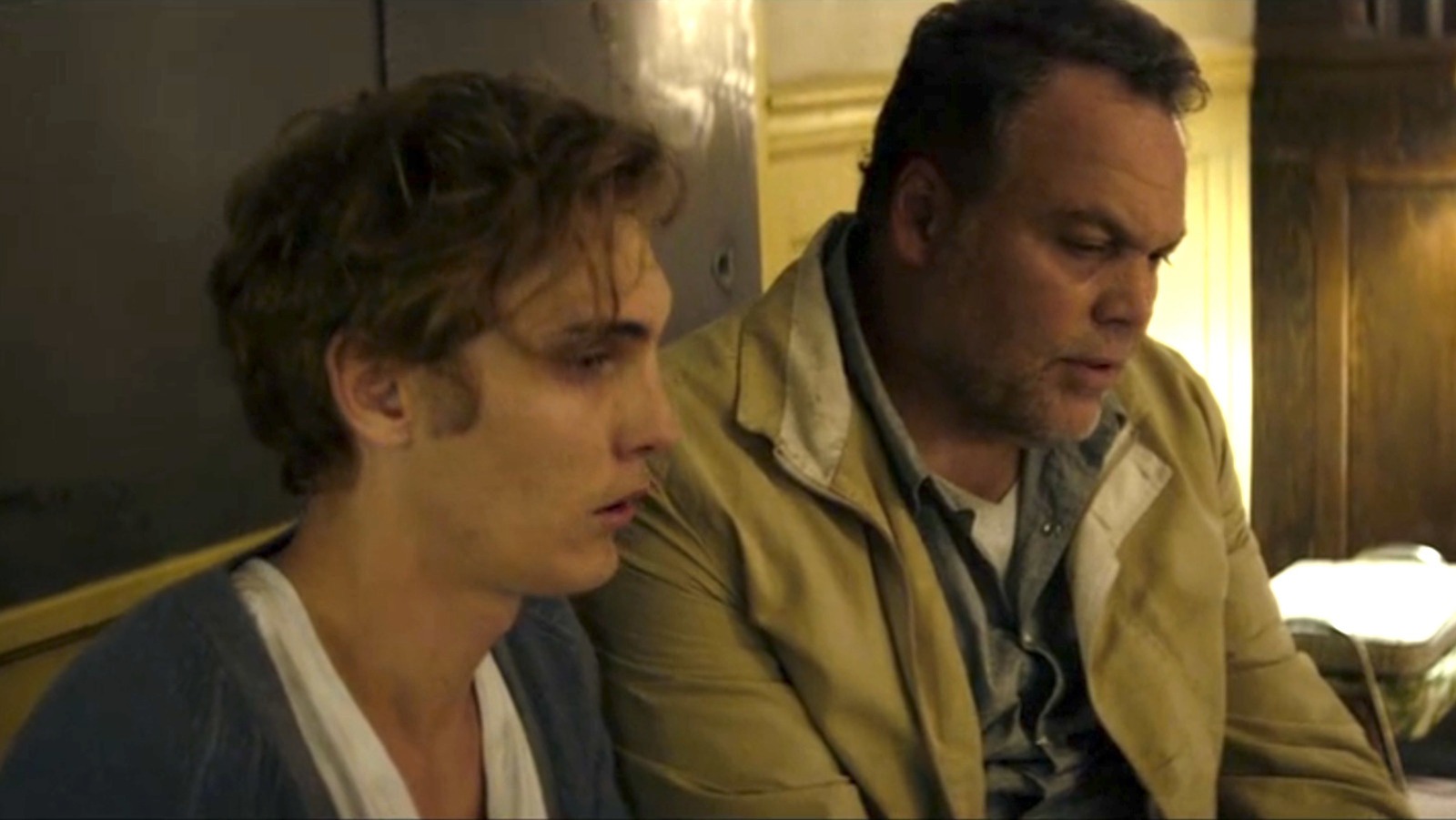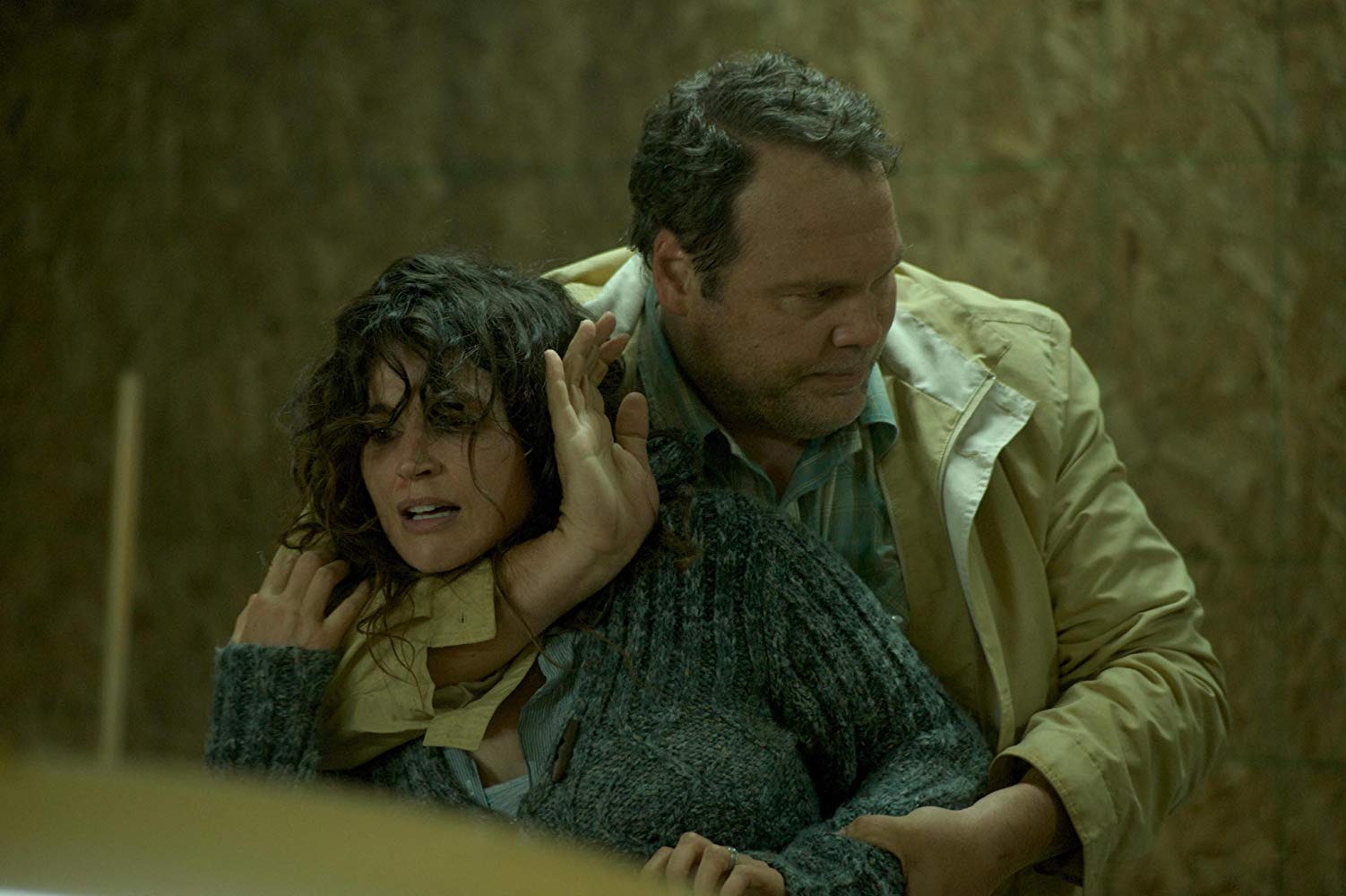Jennifer Lynch, the daughter of legendary filmmaker David Lynch, has faced challenges carving out her own space in the industry. Despite the weight of her father’s legacy, she has built a career as a director, with Chained standing out as one of her stronger projects. As her fourth feature, this psychological horror film has been recognized for its disturbing yet compelling storyline.
While she has shifted her focus primarily to directing television episodes—having worked on The Walking Dead, Jessica Jones, and Agents of S.H.I.E.L.D.—Chained demonstrated her ability to craft an unsettling and immersive film.

The story follows a disturbed man who imprisons a young boy for years, exploring themes of control and trauma. Unlike many of her father’s abstract works, this film presents a more straightforward plot, though its conclusion leaves room for interpretation. For those looking for clarity on its unsettling finale, here’s a closer look at what Chained conveys.
Who Stars in Chained?
The film features a cast that includes several familiar faces. Vincent D’Onofrio, best known to MCU fans as Kingpin/Wilson Fisk, takes on the lead role. His past performances in Men in Black and Full Metal Jacket have demonstrated his range, making him a strong choice for the character.
Alongside him, Evan Bird (The Killing) plays the younger version of the protagonist, while Eamon Farren, an Australian actor who also appeared in the 2017 Twin Peaks revival and The Witcher, portrays the older version.
Additional cast members include Jake Weber (Meet Joe Black, Dawn of the Dead, Medium), Conor Leslie (The Man in the High Castle, Titans), and Emmy-winning actress Julia Ormond (The Walking Dead: The World Beyond, Nurse Jackie). Jennifer Lynch even makes a brief cameo appearance in the film.
What Happens in Chained?
The story begins with what appears to be an ordinary taxi ride. A woman named Sarah (Ormond) and her son (Bird) head home after a trip to the movies, unaware that their driver, Bob (D’Onofrio), has sinister intentions.
A victim of childhood abuse himself, Bob has become a violent serial killer. He murders Sarah after assaulting her, then chains her son inside his home, renaming him Rabbit.
Years pass, and Rabbit remains trapped under Bob’s control. As time goes on, Bob begins attempting to integrate Rabbit into his twisted existence, even teaching him about anatomy. He manipulates the boy by convincing him that his father has moved on with a new family, reinforcing the idea that only Bob cares for him. Eventually, he allows Rabbit to move freely within the house.
Bob then tries to push Rabbit further into his violent world. He presents a high school yearbook and demands that Rabbit select a victim. When Rabbit chooses a girl named Angie, Bob tracks her down and abducts her.
He locks her in a room with Rabbit, expecting him to kill her. Instead, Rabbit forms a connection with Angie, but under Bob’s threat, he stabs her in the stomach. Bob instructs him to dispose of her body alongside the others and tells Rabbit they will soon head into the city to continue their violent spree.
While driving through town, Bob tests Rabbit by presenting him with potential victims, but Rabbit refuses to participate. Suspicious, Bob discovers that Rabbit had been attempting to call for help by scratching the word “help” onto the side of the cab.
Realizing that Rabbit had used his anatomical knowledge to stab Angie in a way that would not be fatal, Bob lashes out, knocking him unconscious. He then returns home to finish off Angie himself.
Angie, however, manages to outmaneuver Bob, slicing his Achilles tendon. Rabbit regains consciousness and joins the struggle, killing Bob and burying him near his other victims.
The story then takes an unexpected turn as Rabbit, whose real name is revealed to be Tim, seeks out his biological father, Brad. This meeting unearths a dark truth—Brad had paid Bob, his own brother, to eliminate his wife and son so he could start a new life.
The revelation leads to a violent confrontation. Brad attacks Tim, then turns on his new wife, Marie. In an act of self-defense, Tim kills his father. Marie, now the only witness, urges him to flee before calling the police and framing the incident as a burglary gone wrong.
With nowhere else to turn, Tim returns to Bob’s house. As the film ends, he closes the garage door behind him and engages in an activity that eerily resembles Bob’s past behaviors, leaving the audience to question whether the cycle of violence has continued.
What Does Chained’s Ending Mean?
Jennifer Lynch and the film’s cast have never provided a definitive explanation for the ending, allowing room for multiple interpretations. The sounds of Tim’s actions in the final moments suggest he may be following in Bob’s footsteps.

His traumatic experiences could have conditioned him into mirroring the behaviors of his captor. The fate of Angie remains unknown, adding another layer of ambiguity. A key detail is the sound of paper being cut. Throughout the movie, Bob is seen clipping newspaper articles about his victims.
Tim could be continuing this practice, but it is unclear whether he is collecting articles about Bob, his biological father’s death, or even Angie, whose disappearance would have likely made headlines. If he is reading about her, it raises the chilling possibility that he intends to complete what Bob started.
A central theme of Chained is how trauma and abuse can pass through generations, creating cycles of violence. The film illustrates how Bob was shaped by his abusive father, who subjected his own wife and son to horrifying treatment. Bob, in turn, inflicted his trauma upon Rabbit, leaving audiences to wonder whether Tim will repeat the same pattern.
Yet, another perspective offers a less bleak conclusion. Tim has only resorted to violence when defending himself or others. He killed Bob to save Angie and eliminated Brad in self-defense. This could indicate that he has not embraced the cruelty forced upon him. Whether he will escape the influence of his past or succumb to it is left unanswered.
What Did Critics Think of Chained?
Reactions to Chained were varied, with some praising its execution while others criticized its heavy reliance on brutality. Many appreciated the film’s tense atmosphere and its raw depiction of violence, while some felt it leaned too much into graphic horror at the expense of storytelling.
Detractors dismissed it as “torture porn,” with some arguing that its portrayal of predominantly female victims felt exploitative. Despite these criticisms, the film’s examination of abuse and its lingering effects received recognition.
The performances, particularly that of Eamon Farren, were singled out as standout aspects of the film. Chained remains one of Jennifer Lynch’s most well-regarded projects, though its unsettling themes and ambiguous conclusion ensure it remains divisive.



